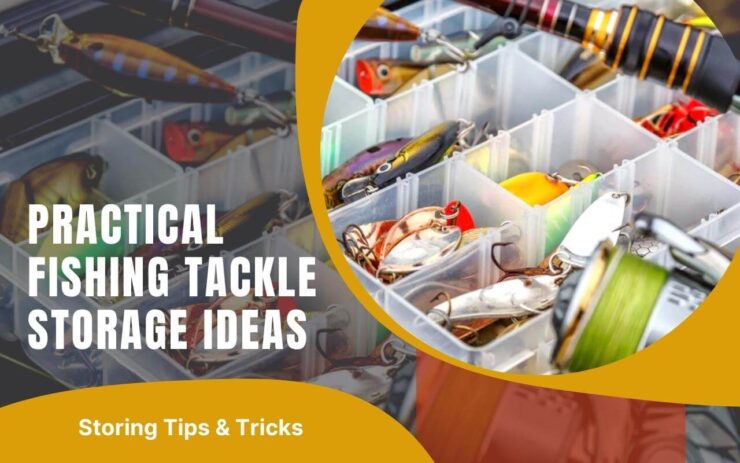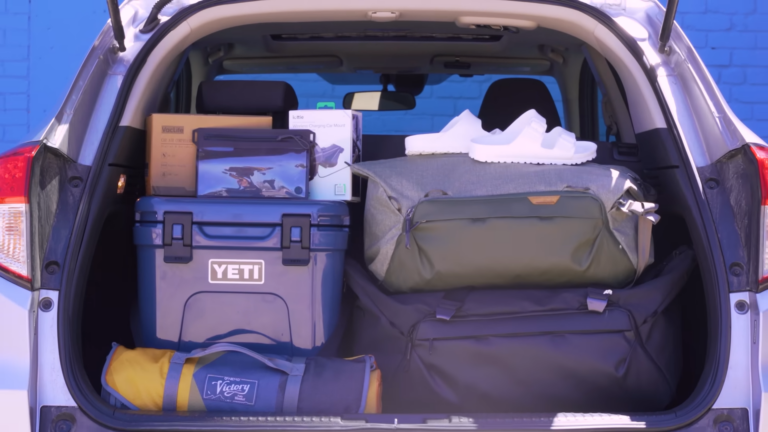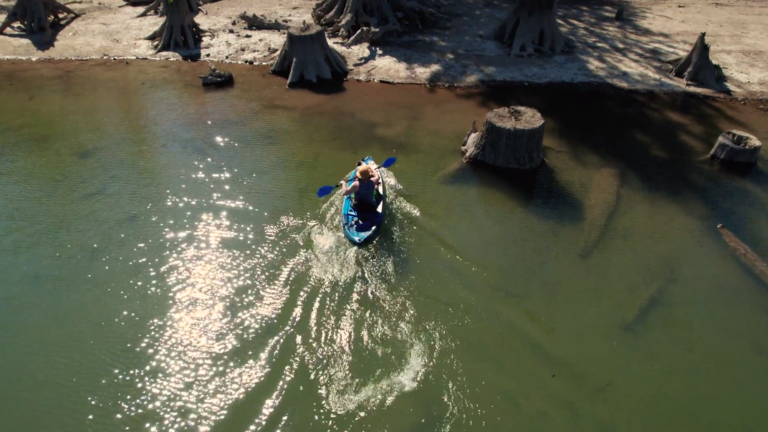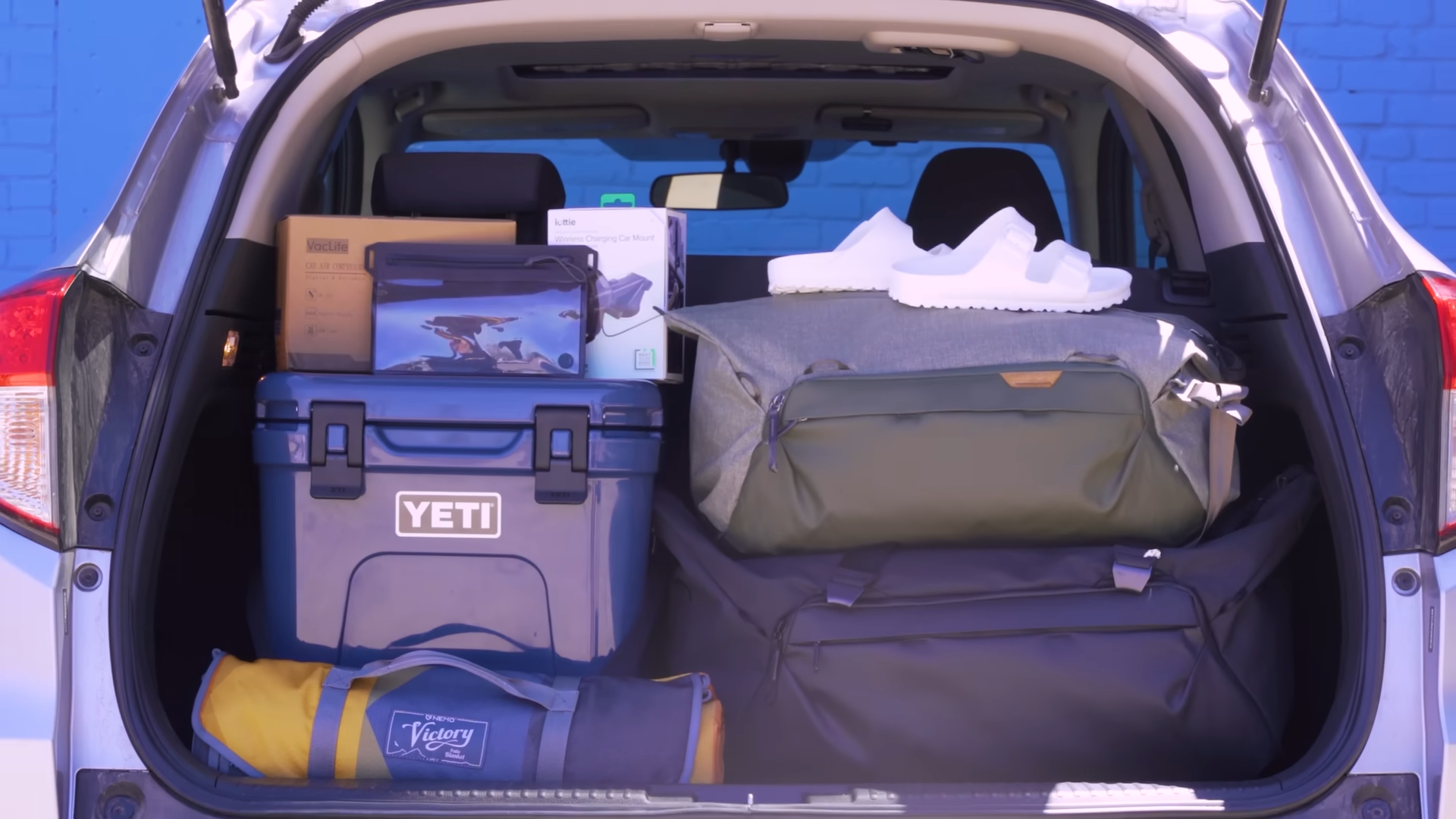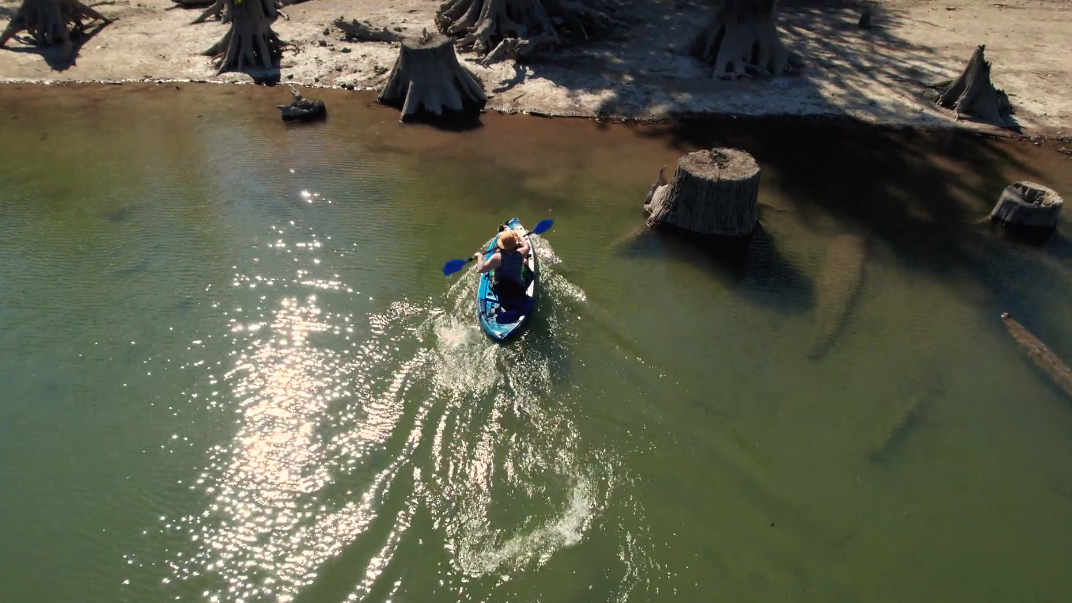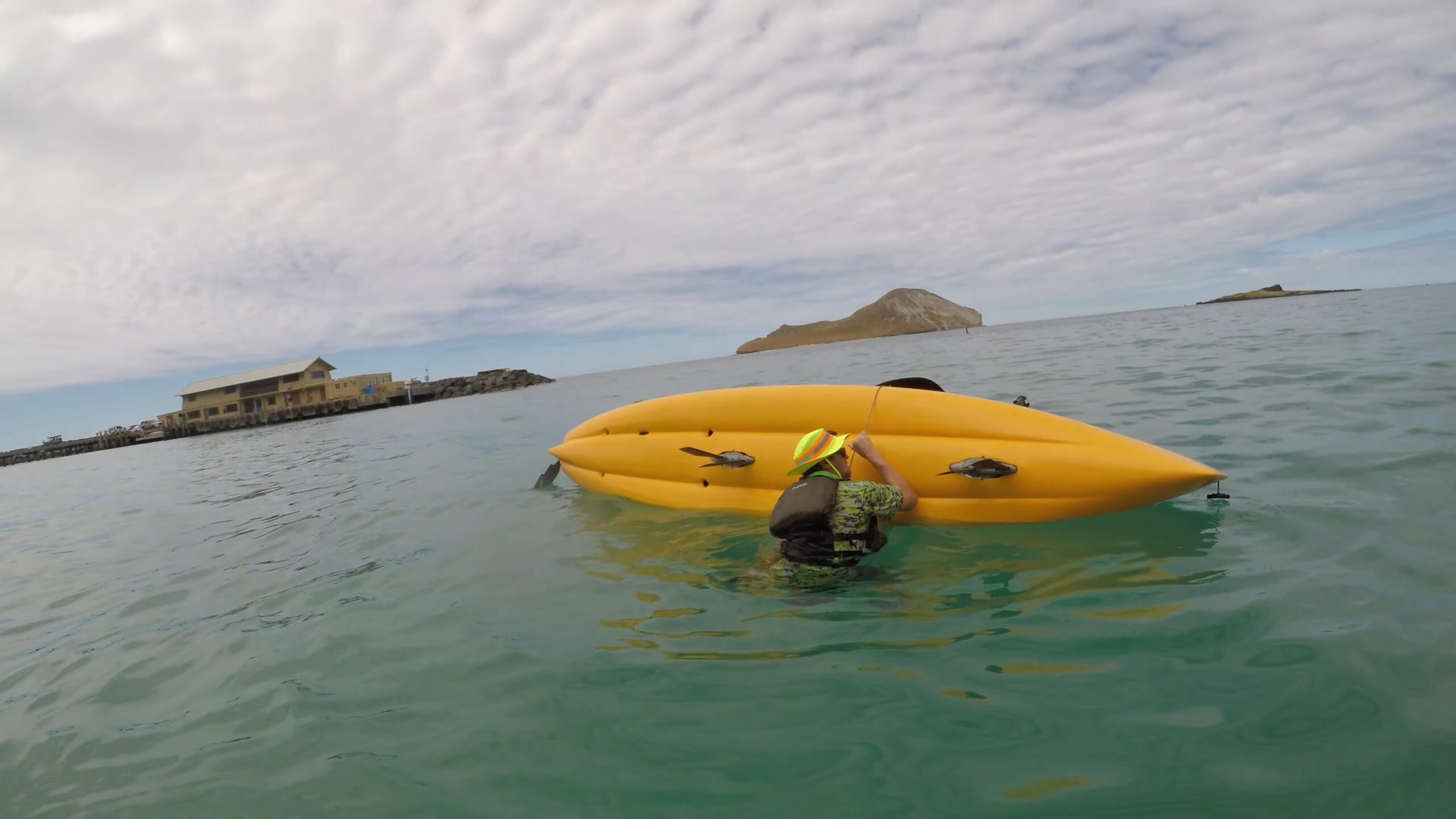For a good fishing experience, you must store your fishing tackle right.
Improper storage can damage your synthetic baits and make them non-functional.
However, it’s normal to be confused about how to store them.
So, what are some fishing tackle storage ideas?
You can store fishing tackle using tackle boxes and tackle bags.
Boxes provide sturdiness while bags allow for a smaller load.
You can use either to store tackle at home. Lastly, using labels will make your life easy in terms of storage and organization.
This might not give you a complete picture of how to store tackle.
Thus, we encourage you to keep reading to know more.
We’ve curated fun and easy ideas to help you with storing fishing tackle.
Let’s set our line to get these ideas!
Table of Contents
ToggleIdeas For Tackle Storage
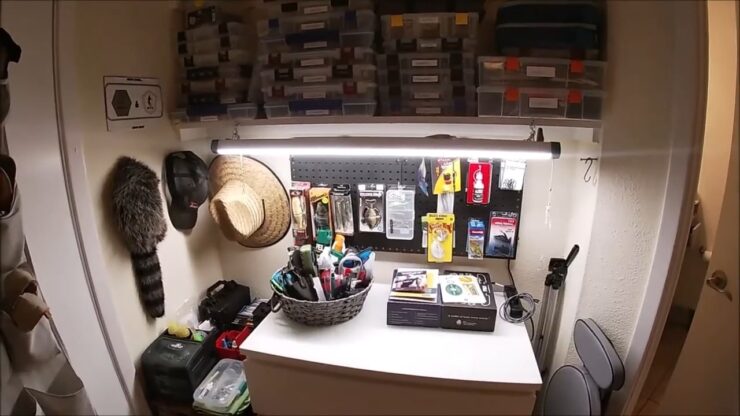
You need to ensure that your stored tackle can survive all conditions. This accounts for both indoors and outdoors.
We have a table for you below that simplifies the options. Take a glance at them before we indulge in the details-
| Feature | Tackle boxes | Tackle storage bags |
| Price | $50- $150 | $50-$100 |
| Weight | Heavy, can be bulky to carry on short trips | Light to medium |
| Ease of use | Easy to use | Easy to use |
Once you’ve inspected the table, let’s see each of these methods one by one-
Tackle boxes and bags are the main methods of storing fishing tackle. These storage containers are different based on the material they’re made from. Also find fishing lures for your need.
They’re also slightly different in terms of function. However, both are great for storing tackle outdoors and indoors.
Option 1: Hard And Sturdy Tackle Boxes!
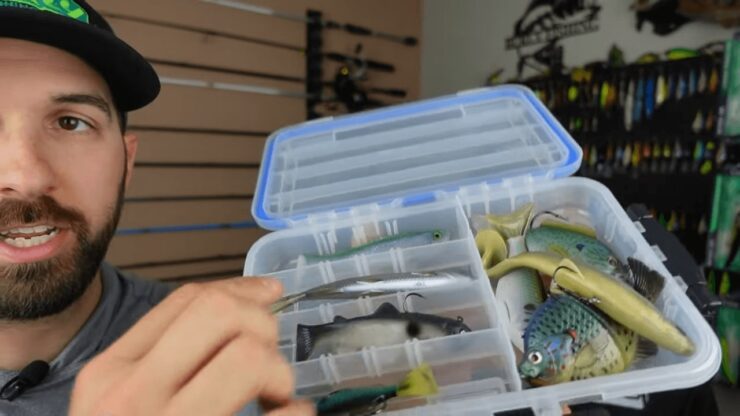
Tackle boxes have been around for decades now. They are mainly made of plastic and have clasps that help them close. Many tackle boxes are reinforced with resin. This gives them extra protection against cracking.
So, you won’t have to worry about damage due to being knocked around. Rest assured, no matter the problem with your Sylvan Pontoon boat, your tackle box will be intact.
These boxes have compartments and dividers. These will let you create storage space inside the box. This is handy as you can always customize the size of spaces you want.
Now, if you ask us, we’d advise you to divide the box into two parts. Use one side to store metal objects and the other for non-metal items.
Then you can create smaller sections for hooks and bait. This way you reduce the chances of scratching and tangling the items.
To make the organization even easier, opt for labels. Your standard tackle boxes have multiple compartments. Label your compartments!
This can be based on the type of tackle and lures you’re storing. It can also be based on the type of hook you intend to use.
By doing this, you’ll know what’s in the box just from the lid. No need to open and see what’s inside the box.
Making labels is simple. You can easily make them at home. It’s best to keep an inkjet printer handy for this.
Option 2: Soft And Easy To Carry Tackle Bags
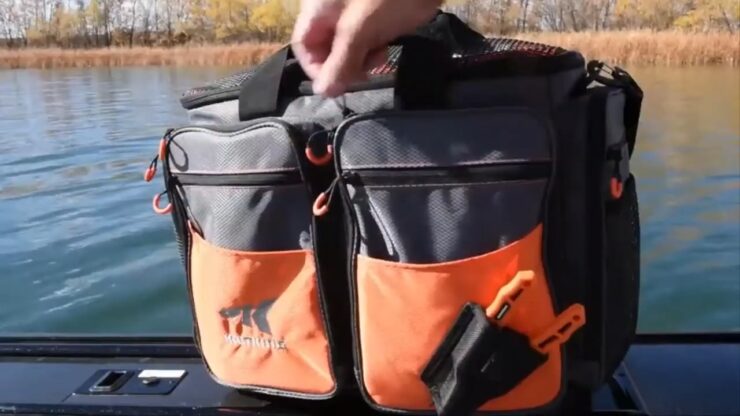
An alternative to tackle boxes is tackle bags. This is essentially a light plastic shell, encased with a waterproof fabric.
Inside this bag, you store the tackle in small plastic boxes. The bags also come with small pockets. This is ideal if you have few supplies or the fishing trip is small and requires few items.
We’d again advise you to keep separate boxes for metal and non-metal parts. Lastly, prioritize which box of supplies you need on the trip.
Pack the boxes you need and avoid the ones you don’t. This way you’ll carry a few items and can avoid the bulk with large tackle boxes.
Now, you can add labels to tackle bags too. Label each of the small boxes that go inside the bag. Additionally, you can label the pockets inside the bag too.
All of these make fishing tackle easy to store, organize and sort.
Option 3: Terminal Tackle
Some Tackle Storage Tips For You!
Now, you’re well aware of boxes and bags for storing fishing tackle. Here are some tips that will further help you organize and store your tackle.
Tackle Storage Tips At Home
When storing fishing tackle at home, make sure the room or garage is dry. Humidity and heat can damage fishing tackle and fishing gear. Humidity can cause rusting of your reliable clam rake or fishing hooks.
While at home you can sort and organize your fishing tackle in the following categories:
- Tackle used in every fishing trip and needs easy access
- Tackle that you use once a month or less frequently
- Spare tackle for replacement
You can keep 3 separate boxes for the three separate categories. It’s best to designate a shelf to store the fishing tackle. So, when you go out fishing you know exactly which tackle box to take.
Lastly, you can also label the shelves where you store your fishing tackle. Having designated shelves for frequently used items and spares will help you keep things sorted.
If you have a lot of fishing supplies and gear, then labels can help. You can simply place labels on drawers and boxes. This way, finding items like lures for specific fish or your reliable kingfish reels become easy.
Sort your tackle by type
This will help you see which items are newer and need to be used more often, and which items can be stored longer without deteriorating.
Make sure all of your tackle is properly cleaned and lubricated
Not only will this keep your gear functioning smoothly, but it will also protect it from rust and corrosion.
Store extra line, hooks, leader material, baits, and other fishing supplies in sealed containers to minimize moisture damage.
Unground fishing equipment should be stored in a dry area free from rodents or reptiles
If you do store unground equipment outdoors, make sure to cover it with a protective cover to avoid theft or damage from weather conditions.
This sums up most of the things concerning fishing tackle. All of these aim to help you easily store and organize your items so that fishing goes smoothly.
This brings us almost to the end of our article.
FAQs

Where can I store my fishing gear?
It’s ideal to store your fishing gear indoors. This way they are protected against damage from heat, cold, and humidity. Additionally, storing them indoors can prevent bends and breaks in your fishing rods. Lastly, indoor storage increases the longevity of your fishing gear.
What is a tackle room?
As the name suggests, it’s a designated room for storing tackle and fishing gear. This room has specialized shelves that store bait, hooks, and other materials.
It also has wooden or PVC holders for your fishing rods. While this is a very ideal way to store your fishing gear, it demands space. So it’s impractical if you don’t have space in your garage or outdoor shed.
Do plastic baits go bad?
Yes, they go bad if stored incorrectly. Plastic bait is made to mimic real bait so storing it in hard, plastic boxes will melt them. If you store them outdoors, they can dry up.
To keep them fresh and soft, it’s best to store them in the bags they come in. You can also opt for a soft plastic tackle box.
Conclusion
And with that, we’ve scooped up all about fishing tackle storage ideas.
We hope these ideas can help you imagine and design the tackle storage of your dreams.
If our ideas came in handy, do leave us a comment below. We’d love to know how you’ve customized your tackle storage.
Till then, good luck with your fishing adventures!
I’m Liam Jackson, the proud owner and driving force behind KayakPaddling.net. Born somewhere in the expansive beauty of the United States, I’ve nurtured a lifelong passion for kayaking and fishing that has led me to explore the far corners of our nation’s waterways.
Related Posts:
- 16 Best Kayak For Beginners 2024 - Kayaking Adventure Gear
- Heavy Duty Fishing: 11 Best Rods And Reels For Big Fish 2024
- 12 Best Motorized Kayak 2024 - Start Your Aquatic Adventure!
- 12 Best Beach Wagons & Carts 2024 - For All-Terrain
- 14 Best Fishing Line for Baitcaster 2024 - For…
- 13 Best Fishing Kayak Under $500 in 2024 -…

